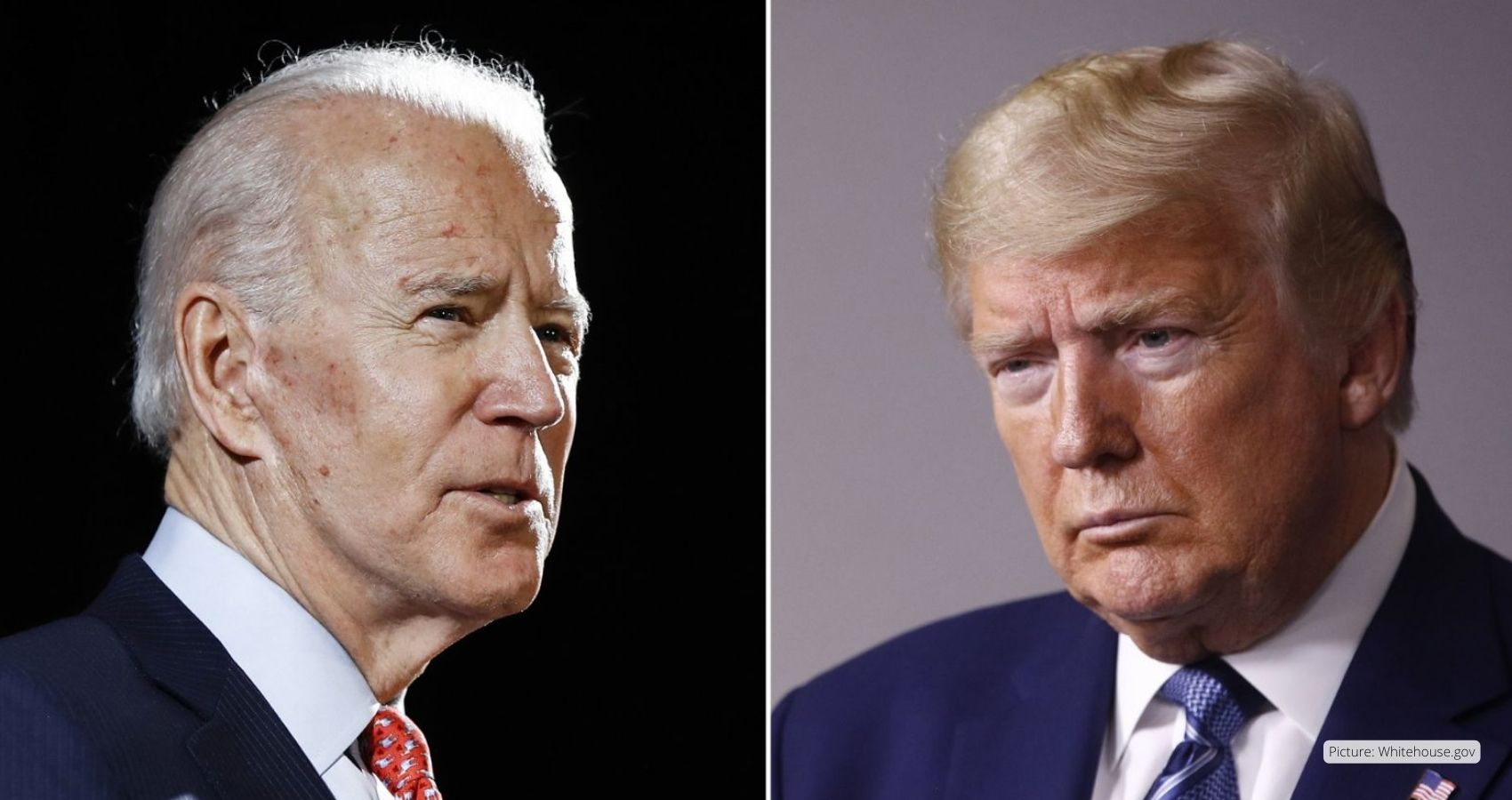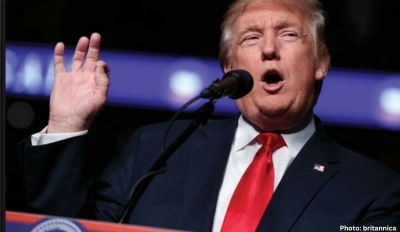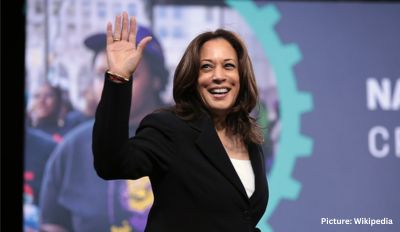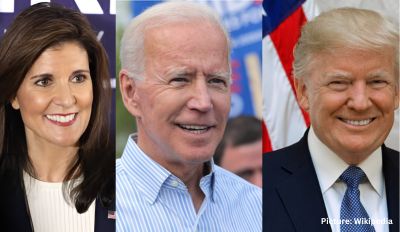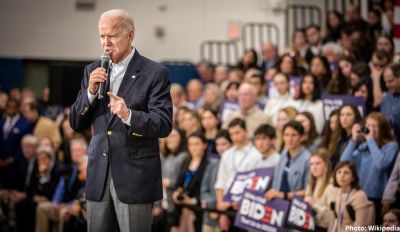A seismic event rocked the Northeast last Friday, as a 4.8 magnitude earthquake jolted the region. Yet, beneath the surface, there are signs of political tremors brewing.
According to the latest NPR/PBS NewsHour/Marist poll, President Biden and former President Donald Trump find themselves in a statistical dead heat, with Biden holding a slight 2-point advantage at 50% to Trump’s 48%.
The proximity of the race between these two well-known figures might suggest a locked-in voter base, given their previous showdown. However, the survey reveals that approximately 40% of respondents remain open to changing their allegiance.
Moreover, shifts are occurring within key demographic groups. Young voters, Latinos, and independents are either wavering in their support for Biden or remain undecided. Conversely, there’s a noticeable sway towards Biden among older voters and college-educated white voters, particularly men.
These demographic shifts could potentially reshape the electoral map. Democrats are eyeing gains in Sun Belt states like Arizona, Georgia, Nevada, and New Mexico, where growing diversity and fewer blue-collar white voters offer opportunities. Meanwhile, Republicans may strengthen their hold in parts of the industrial Midwest.
Lee Miringoff, director of the Marist College Institute for Public Opinion, remarks on the significance of these trends, noting, “We’re in the beginnings of a seismic shift in the nature of our parties…where does that end up and where are we in 10 years with these trends?”
Analyzing data from Marist’s survey alongside 2020 exit polls, notable shifts emerge within various demographic groups:
– College-educated white men: Biden leads by 21 points in 2024 compared to Trump’s 3-point lead in 2020, marking a significant shift in Biden’s favor.
– College-educated white voters overall: Biden holds a 24-point lead in 2024, compared to his 3-point lead in 2020.
– College-educated white women: Biden leads by 28 points in 2024, compared to his 9-point lead in 2020.
– Over 45: Biden leads by 6 points in 2024, reversing Trump’s 3-point lead in 2020.
– Under 45: Trump holds a 1-point lead in 2024, a significant shift from Biden’s 14-point lead in 2020.
– Independents: Trump leads by 7 points in 2024, a reversal from Biden’s 13-point lead in 2020.
– Nonwhite: Biden leads by 11 points in 2024, a substantial decrease from his 45-point lead in 2020.
The trend of college-educated white voters gravitating towards the Democratic Party continues. Trump’s 2016 victory largely relied on white voters without college degrees, but Biden’s appeal among educated white voters remains strong.
The survey highlights the salience of immigration and racial issues in GOP politics, with a significant majority of Republicans favoring the deportation of migrants and expressing concerns about perceived discrimination against white Americans.
Despite Biden’s current lead in the polls, there’s a need for a broader margin to secure an Electoral College victory, as emphasized by Miringoff.
However, Biden faces challenges in retaining key groups that supported him in 2020. Independents and young voters have expressed disapproval of his administration’s performance, particularly regarding his handling of the Gaza conflict.
Furthermore, support among nonwhite voters, especially Latinos and young Black voters, has waned. In the survey, 56% of Latinos disapprove of Biden’s performance, while younger Black voters show a significant divide from older counterparts.
The emergence of third-party candidates, such as Robert F. Kennedy Jr., poses additional challenges. Kennedy attracts 11% support in the poll, drawing from disenchanted voters across demographics.
The Biden campaign acknowledges the importance of swaying undecided voters away from third-party options, viewing a second Trump presidency as a pressing concern. However, regaining support, particularly among young voters and Latinos, remains an uphill battle, with lingering discontent over Biden’s policies.
While the campaign seeks to leverage its financial resources through organized efforts and TV ads, the shifting dynamics among voters, particularly within white, college-educated demographics, could potentially offset the need for replicating 2020 support levels among young people and Latinos.

